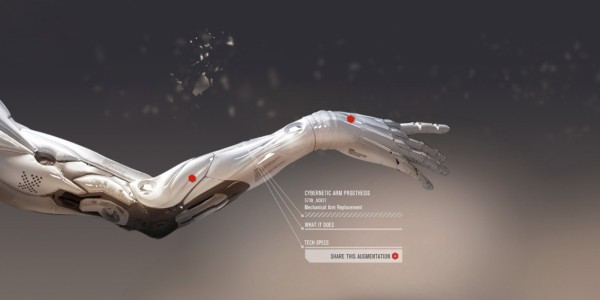Do you have a difficult or bad night’s sleep regularly? Or do you have nightmares frequently? You are definitely not the only one. About 30% of the people are struggling with sleeping problems on a regular basis (slaapinfo.nl, 2016). However, sleep is really important for your physical health, your mental health, the quality of your life, and your safety (nhlbi.nih.gov, 2012). Therefore, sleep deficiency can be really harmful.
Recently, I found a really nice Kickstarter project which can help you sleep and dream. It is called ‘iBand+’. In this blog, I will explain what this device is and how it works, and I will describe some features of the ‘iBand+’.
The ‘iBand+’ is a headband that can help you sleep and dream. You have to wear this headband while you are asleep. It is a wireless Bluetooth EEG headband, which communicates with an iBand+ App on your smartphone. An EEG (electroencephalogram) can measure and record the electrical activity of your brain (webmd.com, 2014). The ‘iBand+’ has an advanced auto-learning software algorithm, which is used to track and analyze information about your brain and body while you are sleeping (kickstarter.com, 2016). Subsequently, these signals are used to regulate audio-visual signals. The interaction between the LEDs on the headband and the pillow speakers delivers effective audio-visual stimuli.
What are the reasons to buy the ‘iBand+’? Well, it has several features. I will highlight a few. First, it helps you experience lucid dreams by playing audio-visual cues. In a lucid dream, you are aware of dreaming, without waking up. Hence, you can create your own dreams. Second, ‘iBand+’ improves your sleep quality by tracking your sleep cycle, body movement, heart rate and body temperature, and adjusts the music and volume based on this information (kickstarter.com, 2016). Third, ‘iBand+’ has a cool smart alarm feature, so you can wake up at the most optimum period of your sleep cycle (kickstarter.com, 2016). If you want to know more features of the ‘iBand+’, you can check out this website: https://www.kickstarter.com/projects/arenar/iband-eeg-headband-that-helps-you-sleep-and-dream.
I think this is a really nice device and it can definitely help people with sleeping problems. The recommended retail price is €279, which is quite expensive. However, I think that if you have real sleeping problems, it is worth trying. The only thing I am worried about is the comfort of this device. You have to wear it at night, so I don’t know if you are able to sleep with such a headband. Moreover, it might lead to a sleep obsession. It is possible that you will think too much about sleeping when having the ‘iBand+’.
What do you think about the ‘iBand+’? Will it work? And will it sell?
Sources:
http://www.slaapinfo.nl/slaapstoornissen/slapeloosheid/
https://www.nhlbi.nih.gov/health/health-topics/topics/sdd/why
https://www.kickstarter.com/projects/arenar/iband-eeg-headband-that-helps-you-sleep-and-dream
http://www.webmd.com/epilepsy/electroencephalogram-eeg-21508


